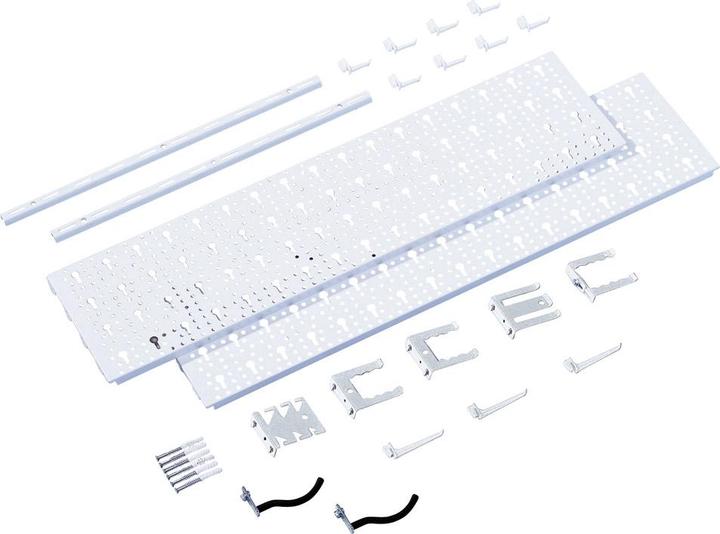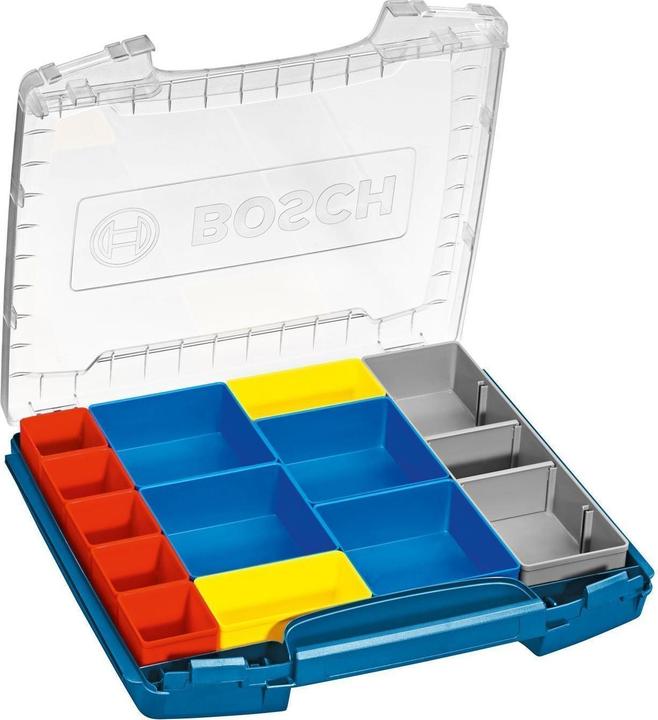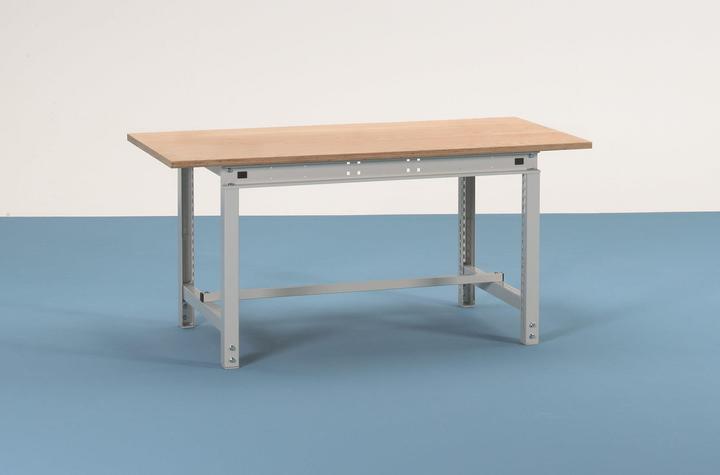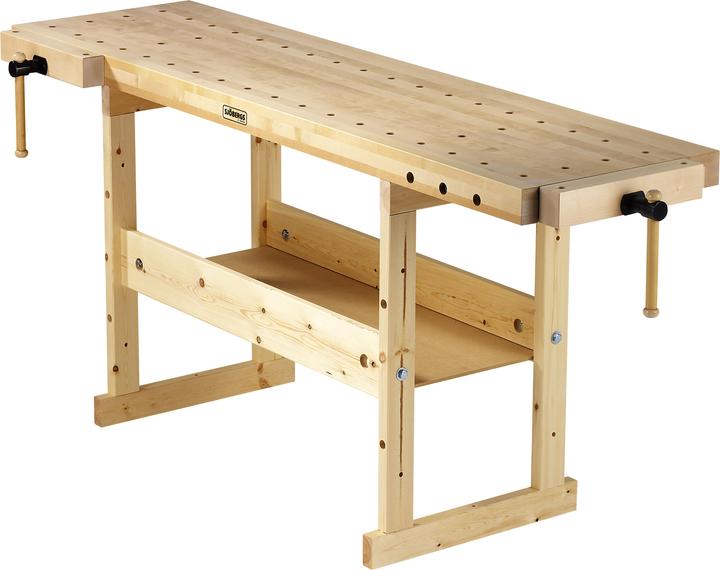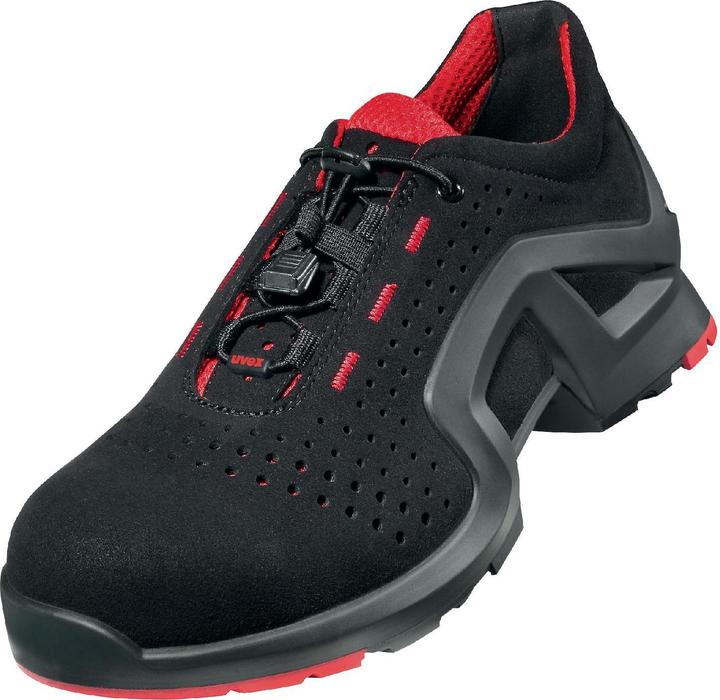

How to organise your home workshop
Crafting, building and tinkering is much more fun in an organised home workshop. You don’t want to be spending time looking for tools. Get ready for your next project and follows these tips on how to organise your home workshop.
The right room
If you’re looking to set up your workshop, choosing the right kind of room is crucial. Think about what kind of work you’ll be doing. Repairing bikes or building a bird house? A corner of your garage is all you need. Planning to build larger things that require a lot of wood or other materials? You’ll need an entire room, enough space for large machines and storage for your materials. That’s why it’s essential to know exactly what you’ll be doing in your future workshop.
Every workshop, no matter which size, needs to have power and water supply and several wall sockets. You’ll need water to clean paintbrushes, wash your hands or repair a bicycle inner tube and more than one socket to make sure you don’t overload the system and blow the fuse. Keep in mind that large machines such as lathes or milling machines require a lot of power and will only work on a high voltage system.
Keeping things tidy
A tidy house, a tidy mind. What applies to your home also applies to your workshop. Keep your tools and material in the same place and tidy up after you’ve finished working on a project. This way, you’ll never waste time or get annoyed looking for your things.
A good trick is to label your drawers and workbench provisions to mount, store and access tools. This allows you to find the right tool without having to search for them. Perforated panels are also ideal, as they offer an easy way to have your tools within reach and keep your working surface empty. Toolboxes are available in any possible size and are great to store screws, nuts and bolts in an organised way – you’ll never be rummaging around in drawers again.
See our full workshop organisation range
The height of your workbench
It’s important to adjust the height of your workbench to match your stature. Just as in the office, your sitting and standing posture are crucial or you’re sure to get back pain sooner or later. If your workbench is too low, you’ll be working with a hunched back. This may cause pain in the muscles of the legs, back and neck.
As a rule of thumb, your workbench should be higher for precision work than for work that requires a lot of strength. Let’s take a look at an example: If you’re 175 cm of height, your workbench should be at a height of about 100 cm for precision work and 75 - 90 cm for work such as cutting or drilling. Therefore, make sure to get a table or workbench with a height-adjustable platform.
Safety first
Equipping your home workshop is rather expensive. From all the aspects you can economise on, don’t let it be safety equipment. Most accidents in home workshops happen due to carelessness and lack of safety equipment. Take care of yourself and keep risk of injury at a minimum.
Depending on the type of work you’re doing, you’ll need special safety equipment, but protective glasses, earmuffs and safety footwear are an absolute must in every home workshop.
See our full range of work safety equipment
I get paid to play with toys all day.
Interesting facts about products, behind-the-scenes looks at manufacturers and deep-dives on interesting people.
Show all